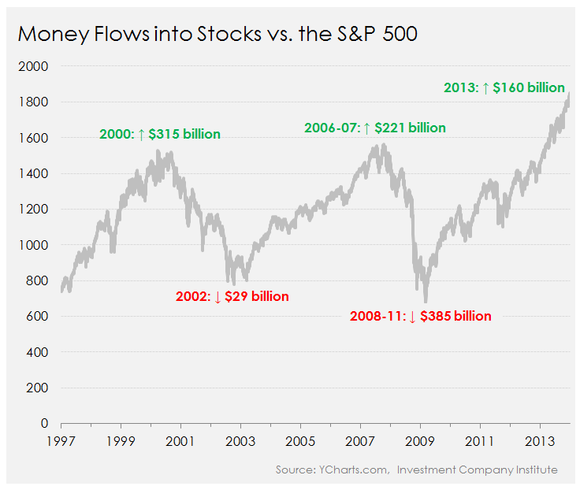Dividend Investing With DRIPs… and DollarCost Averaging (Part Two)
Post on: 5 Май, 2015 No Comment

Update: Part 3 of this article. discussing a few disadvantages of DRIPs and a few excellent companies offering them is now online.
In Part One. I introduced a dividend investing strategy that reinvests your quarterly dividend payments right back into more dividend-paying stocks. The strategy comes from a service that many dividend payers offer called a DRIP, or Dividend Reinvestment Plan.
To briefly recap the idea, instead of paying out your dividend in cash, the company takes your payments and buys more shares of its stock in your name. It doesn’t charge transactional fees, no brokers are involved and it all happens automatically. Altogether, this makes it a cheap, efficient and effective long-term dividend investing method.
I outline the many advantages of DRIP investing in Part One. But I left one for today, as it deserves to be explained in a little more depth.
The Benefit of Dollar-Cost Averaging
The idea behind dollar-cost averaging (DCA) is to invest fixed amounts into the same stock at regular intervals say $100 every six months. Over time, this method has the advantage of lowering your average cost per share (I’ll show how this works in a moment).
DCA derives its advantage from the fluctuation of a stock’s price over long periods of time. Because you’re investing fixed amounts, when prices are up, you purchase fewer shares. And when prices are down, you purchase more.
A little math shows that given a long enough period of time, the average cost per share will beat the average price of the stock:
As you can see, the total investment above is $500 for 33 shares. Because of the use of DCA, the average cost to you per share is $15.15, whereas the simple average for the price of the stock over that same period is $18. In other words, you’ve beat the market average by 15%.

Now, you can see that this same idea works just as well in a DRIPs scenario, where you’re increasing your purchase amount slightly every time:
The total investment in this scenario works out to be $600 for 38.3 shares (DRIPs allow fractional purchases). The average cost is $15.66 per share, which is cheaper than the simple average by 13%. A little less bang for your buck, but this is to be expected. As your purchase amounts increase over a longer timeframe, you’ll be beating the simple average by less than in the above example. In a real-world scenario, you can expect to do about 3% better than the simple average.
Remember, the benefits of dollar-cost averaging are worked into the way DRIPs already function. Because DRIPs already reinvest at fixed intervals, there’s no extra step that needs to be taken on your part.
Bottom line: In addition to the many other advantages of DRIPs. if you enroll into a DRIP for the long-term with a fundamentally sound dividend payer, dollar-cost averaging means that your cost per share is going to be significantly better than the average price of the stock over that same period.
It’s an excellent added bonus to a strategy that already has a great deal going for it.
Next up, in Part Three, I’ll point you to a few excellent dividend payers that offer DRIPs, resources to get you started and I’ll hit on a few disadvantages of dividend reinvestment plans.














